|
SHoP Camp, which finished yesterday, was a multidisciplinary arts camp that happened at BOOK SHOP in Chicago's Hyde Park neighborhood. SHoP Camp was organized by Laura Shaeffer; Laura invited me to co-teach with her at SHoP Camp on April 8th. The arts camp was entitled "Real Places, Imaginary Cities and Utopias," and the children and youth that came that workshop session explored a lot of arts making, while investigating creative mapmaking and other cool stuff.
Audio recordings of stories by some of the students who attended the workshop on April 8th can be found below. These are stories inspired by the maps of imaginary cities and lands that they illustrated.
|
|
|
1 Comment
Real Places, Imaginary Cities and Utopias a multidisciplinary arts workshop called SHoP Camp, at BOOK SHOP -- a new project space dedicated to radical pedagogy, participatory art installations and experimental performance in the heart of Hyde Park, Chicago
Questions To Start Today's Session:
Writing Activities:
AM: I started getting deeply interested in the late 1960s and early 1970s after 1) a hippie bluegrass band down the street got signed to Sire Records, 2) I discovered the blues, and 3) my politics turned radical in 1968 and saw folk music as the music of the American left.
DG: What would you say a big source of your interest in that kind of music? AM: The interest was largely trying to make sense of how as a southerner, I was part of a distinct and different ethnic group from mainstream Americans. I actively resisted "mainstreaming" from at least age 10. DG: What do you think about terms such as “mountain music” and “Appalachian music”? AM: Mountain music and Appalachian music, as generally used, are vague and misleading, tied up inexorably in record company marketing BS, folk festival (see Jean Thomas) promoter BS, and a whole lot of xenophobic nativism. Largely the concept of "Appalachian music" or "mountain music" mostly reflect romanticism about the American "other." In my humble opinion, it also devalues musical forms that were once widespread and, in their heyday, much more popular outside of the mountains than inside. To me it is much more useful to employ musical terms (bluegrass, old time, Sacred Harp) than geographical ones. DG: What would you say are some better ways to describe music that is connected with Appalachia? AM: There are very specific Appalachian or mountain music forms, such as the fiddle and banjo styles of this area. Ralph Stanley certainly plays a mountain bluegrass that is different from mainstream commercial bluegrass. Rarely are the terms used in this specific, correct way. DG: What would you say are some interesting aspects of American traditional music, as well as some of the challenges of trying to categorize its vast range of styles? AM: American traditional music is, as Alan Lomax said, a patchwork quilt. The genres of American roots music come from throughout the country. Look at the iconic figures of various "Appalachian" or "mountain" music forms. Bill Monroe, the father of bluegrass, grew up in western KY 250 miles west of Appalachia and lived for a time in Gary, IN. Jimmie Rodgers, the father of country music, was from Mississippi. Uncle Dave Macon and Lester Flatt were from central Tennessee. Earl Scruggs from the Piedmont of NC. DG: What would you say is some important historical background regarding American traditional music? AM: The music, until the 1920s, existed across the country. That it survived better in more remote areas like Appalachia, the Ozarks, or the Grande Prairie of Louisiana simply created the impression that the musics were less universal than they were. The Midwest, for example, has just as rich a fiddle tradition as Appalachia and Chicago's WLS was the most important station for hillbilly music until WWII. Notice as well how many bands from far away from these mountains adopted the hillbilly name and imagery before 1960s, such as California's Maddox Brothers & Rose or Fort Worth's W. Lee O'Daniel and the Hillbilly Boys. DG: Who would you say is a teacher who has influenced you? AM: The teacher who influenced me the most also had the greatest opportunity for Philip Watts taught me German at Needham Broughton High School in Raleigh, NC for three years. A Davidson alumnus who had studied in Vienna, Watts was likely around 60, a gaunt, balding smoker who still drove a 1954 Chevy in 1972. DG: What is an important thing that Mr. Watts taught you? AM: He showed me the interconnectedness of things in a way that has led to my holistic, big picture approach to issues. Watts taught not just German vocabulary and syntax, but history, literature, philosophy, and theatre. Teaching was happening on a variety of levels -- learning about the student uprising at the University of Jena in 1792 by translating sentences about it followed by Watts putting the events in political and philosophical context. DG: What are some things that you find really like about his pedagogy? AM: He employed multidisciplinary pedagogy -- in a form seemingly of his own invention -- a good decade or more before it became fashionable. He taught me the possibilities of teaching, and he also taught me to care and to demand the best one has to offer. DG: How would you describe how Mr. Watts' influence can be seen in the work that you do? AM: His influence comes through in my general attitude toward life and work. He left me with a passion for excellence, with a belief that good enough is insufficient. He drilled into us that we can always do better, produce more, work harder. He convinced his students that one always had a higher level one could achieve. Perhaps the closest manifestation in actual work was the way we used to take apart each aspect of MerleFest after the festival annually to explore how we could make it better the next year. DG: You worked at MerleFest for ten years -- first as Festival Coordinator and later as Marketing and Sponsorship Director. What would you say are some important aspects of MerleFest? AM: There are many, but the first and foremost point about MerleFest to me is, of course, where it intersects with my mission to advance roots music as the fourth estate of the music business with equal standing to pop/rock, jazz, and classical. MerleFest proved on the ground that 1) you could draw "rock sized" audiences by aggregating diverse styles of roots music at one location and marketing that opportunity aggressively with cutting edge tools to largely suburban audiences; and 2) that you could get members of the general public to enjoy very traditional music, such as old-time old masters, if it was presented and marketed this way. DG: What would you say is an interesting aspect of how artists associated with rock and roll connected with MerleFest? AM: It intrigued me how many actual rock stars got this easily and wanted to be part of it, such as Bob Weir from the Grateful Dead, Led Zepplin's John Paul Jones, Elvis Costello, the Band's Levon Helm, Darius Rucker, Zac Brown, and Bernie Leadon from the Eagles. DG: What would you say is a unique way that the MerleFest administration regarded festival goers? AM: MerleFest displayed the transformative effect of applying a customer service based approach to how a festival treats its guests (never to be referred to as "fans" or "ticket buyers.") DG: What is an important aspect of the financial side of MerleFest? AM: It demonstrated that significant sponsorship money was available for professionally managed roots music events with year-round staffing. MerleFest exemplified the major economic impact ($15M+ each year) that this level of cultural programming can generate. DG: What would you say is one connection between MerleFest and your overarching career focus? AM: The "big tent" approach to roots music programming is perhaps my foremost professional obsession. The Folk Music Revival or boom of the early 1960s and late 1950s never went away; it rather split into a variety of "named system revivals" (bluegrass, blues, old-time, Celtic, singer-songwriter, world, and etc.) that fly separately below the radar. Together our market share is far larger than the days of "Blowing in the Wind." If anything, bringing roots music together as a powerful force for social change and liberation from hypercapitalism is what my work is about. DG: What would you say is one connection between MerleFest and the work that AppalShop does? AM: The connection between MerleFest and Appalshop largely comes from Appalshop's radio station, WMMT FM 88.7, which programs much of the same mix of music. DG: What would you say is one important aspect of Appalshop? AM: The importance of Appalshop, especially during its early years, was providing an Appalachian voice controlled by people from the area telling the stories of central Appalachia their own way. In more recent years it has come from the potential, often not realized due to lack of central control, to use film-radio-theatre-recordings-Internet together to get these messages out into the world. DG: What would you say are some interesting aspects of your involvement with Appalshop? AM: The most exciting activities at Appalshop during my tenure were Appalachian Media Institute (AMI), which is the youth leadership program, and Thousand Kites, which is the prison media justice initiative. DG: In October 2009 we did a three-location teleconference during the Teaching Artists Career Day at Columbia College -- with teaching artists in Chicago, Young Chicago Authors, Appalshop, and Say Sí. That was a lot of fun. Bruce Parsons, who teaches at Appalshop, and so was one of his students. We screened "Clamps," which is by a young filmmaker who studied with Bruce. Were you able to see / hear that? AM: I was not able to participate in that session. I can say that Mickie Burke, who produced Clamps, and Tommy Anderson, who starred in that film, are examples of what AMI can do. They are both highly creative individuals who were both bored and betrayed by the local school system. In AMI they found their places and their voices. DG: What have you noticed are some developments in recent years, in terms of how people have a better understanding of / appreciation of American traditional music? AM: I have certainly noticed over the past decade since O Brother, Where Art Thou a marked increase in interest in and appreciation of traditional (old-time, Delta & Piedmont blues, Cajun) and traditionally based (bluegrass, Chicago blues, and zydeco, for example) musics. One would have to go back almost 50 years to find as many teenagers playing these kinds of music. On the other hand, I am not nearly as confident about the level of historical, sociological, and ethnomusicological knowledge and understanding of these musical forms. I assume from conversations that for a lot of younger players roots musics are just so many fun options on a vast musical palette. DG: What are your thoughts about how younger people are responding to this music, especially in terms of how it relates to politics? AM: I am also very concerned that many millennials and Gen-Xers do not see or feel the connection between folk music and left wing politics that was so essentials to us Boomers and our parents' generation. I do not want other folk forms to follow bluegrass into the realm of complete depoliticization. DG: What is a recent encounter that you had with someone which highlights how American traditional music has reached a new generation? AM: At this February's Folk Alliance International Conference in Memphis a 15-year-old open back banjo picker was talking to me about how much she likes Lydia Mendoza and Tish Hinojosa. Encounters like that are utterly gratifying.
This program culminated with a performance event which involved her students' shadow puppetry performance. Carol mentioned an exciting and gratifying moment that happened at the end of the "Myths to Drama" program, after based on the Chinese myth "The Journey of Ming" -- “One of my students came to me and gave me a gift she made - a shadow puppet of me drawing on paper with a pencil. She said I could use it, and that would also remind me of her and what I’d taught her. That reminded me that teaching is not only an act of giving, but the greatest reward I have received is that my students remind me about the importance of art in teaching and learning.”
The world can come into the classroom; inversely, there exciting potential for what happens in the classroom to go back into the world. "'Myths to Drama' brings the world to the students, unlocks students’ imagination; it also encourages students to be more aware of their surroundings and to discover their own potential and power to contribute back to the world," Carol states, in a feature length article about her involvement with Silk Road Theatre Project. This article was published byCommunity Arts Network; you can read that article by clicking here. |
AuthorArchives
April 2015
Categories
All
|
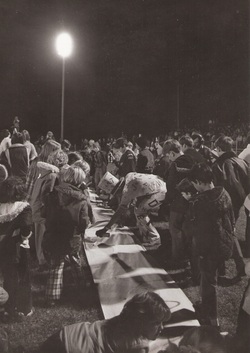
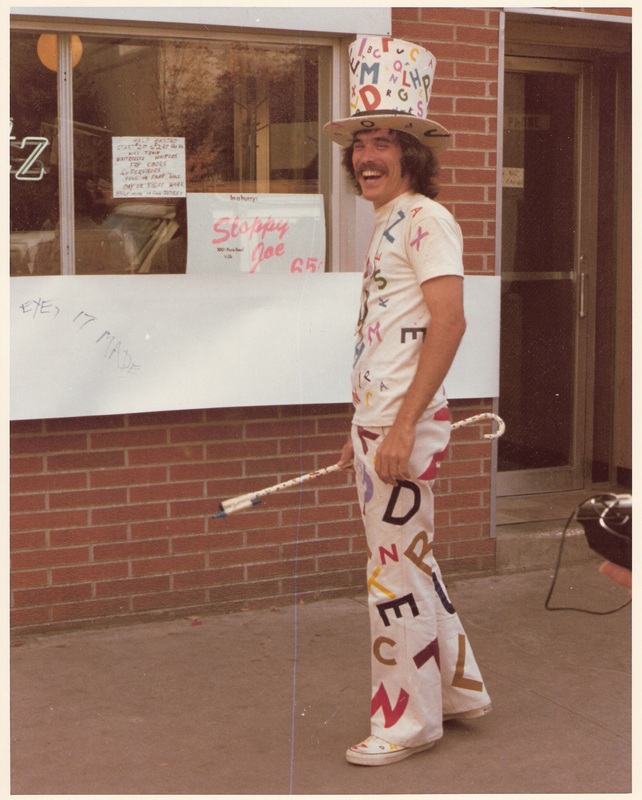
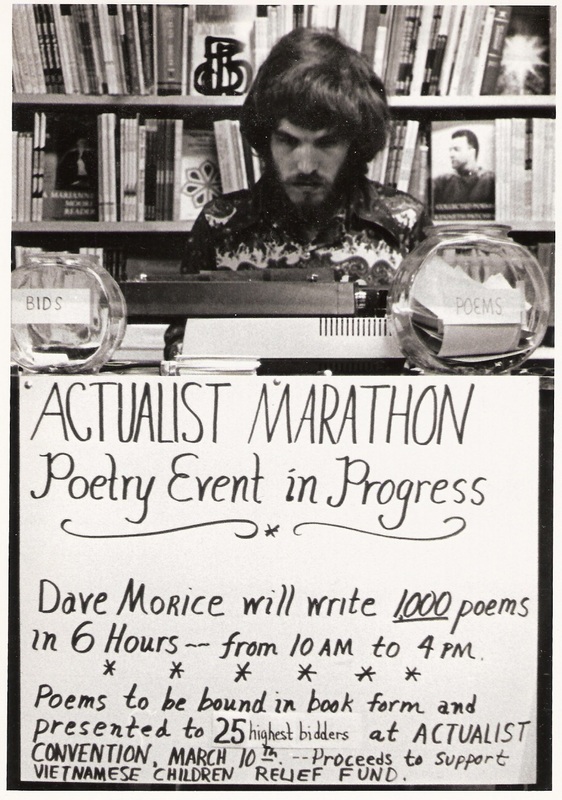
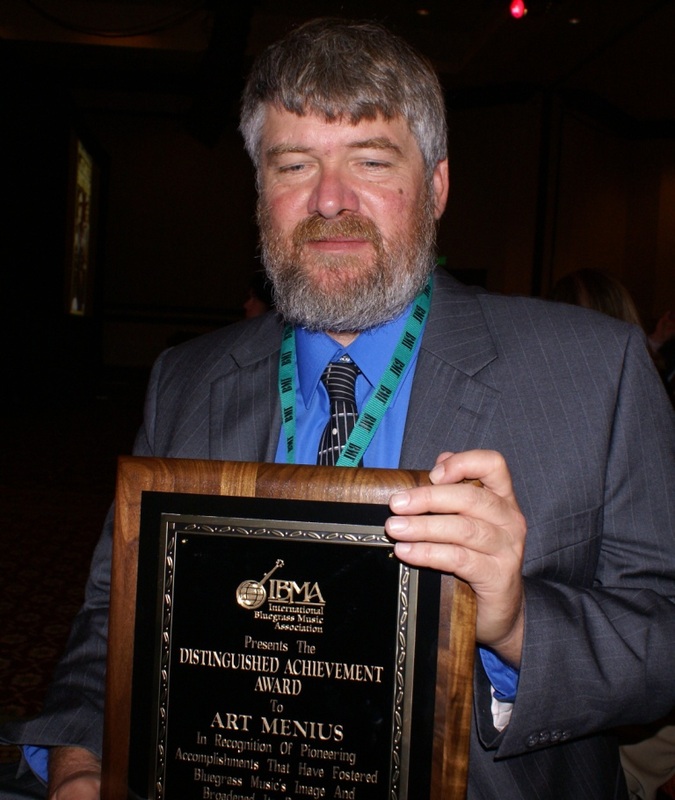
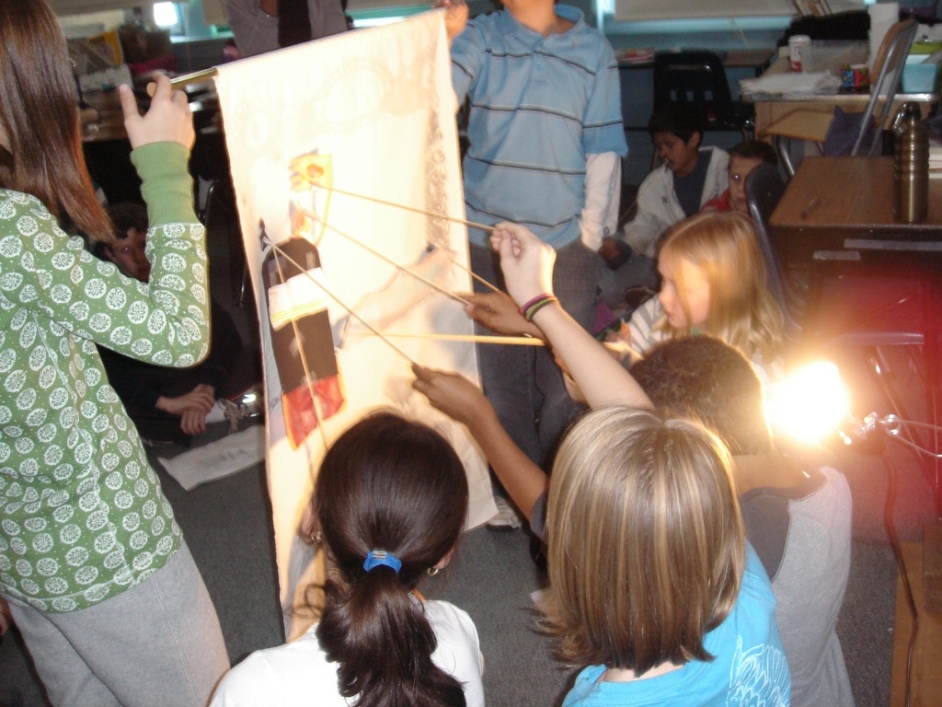
 RSS Feed
RSS Feed
